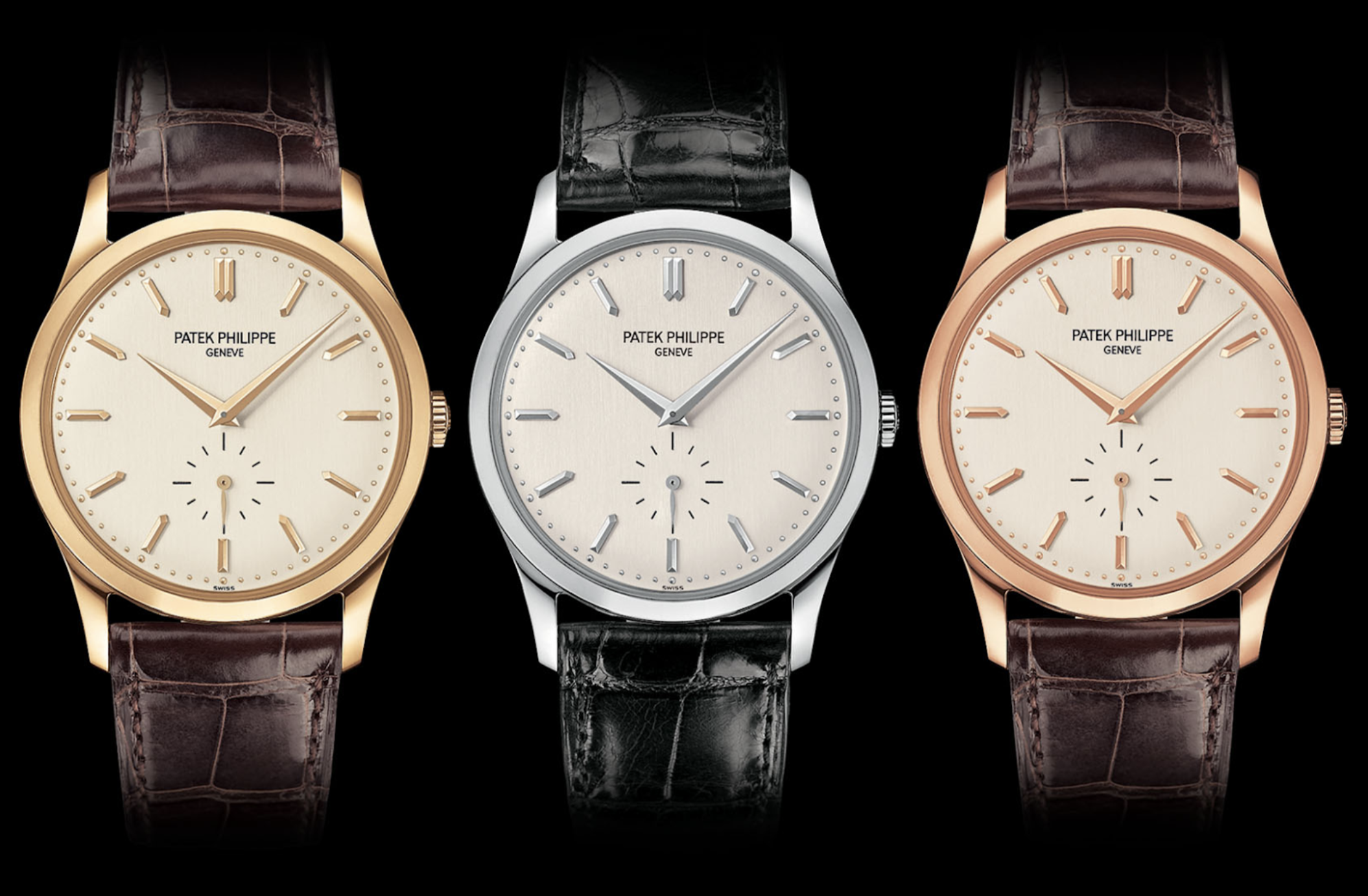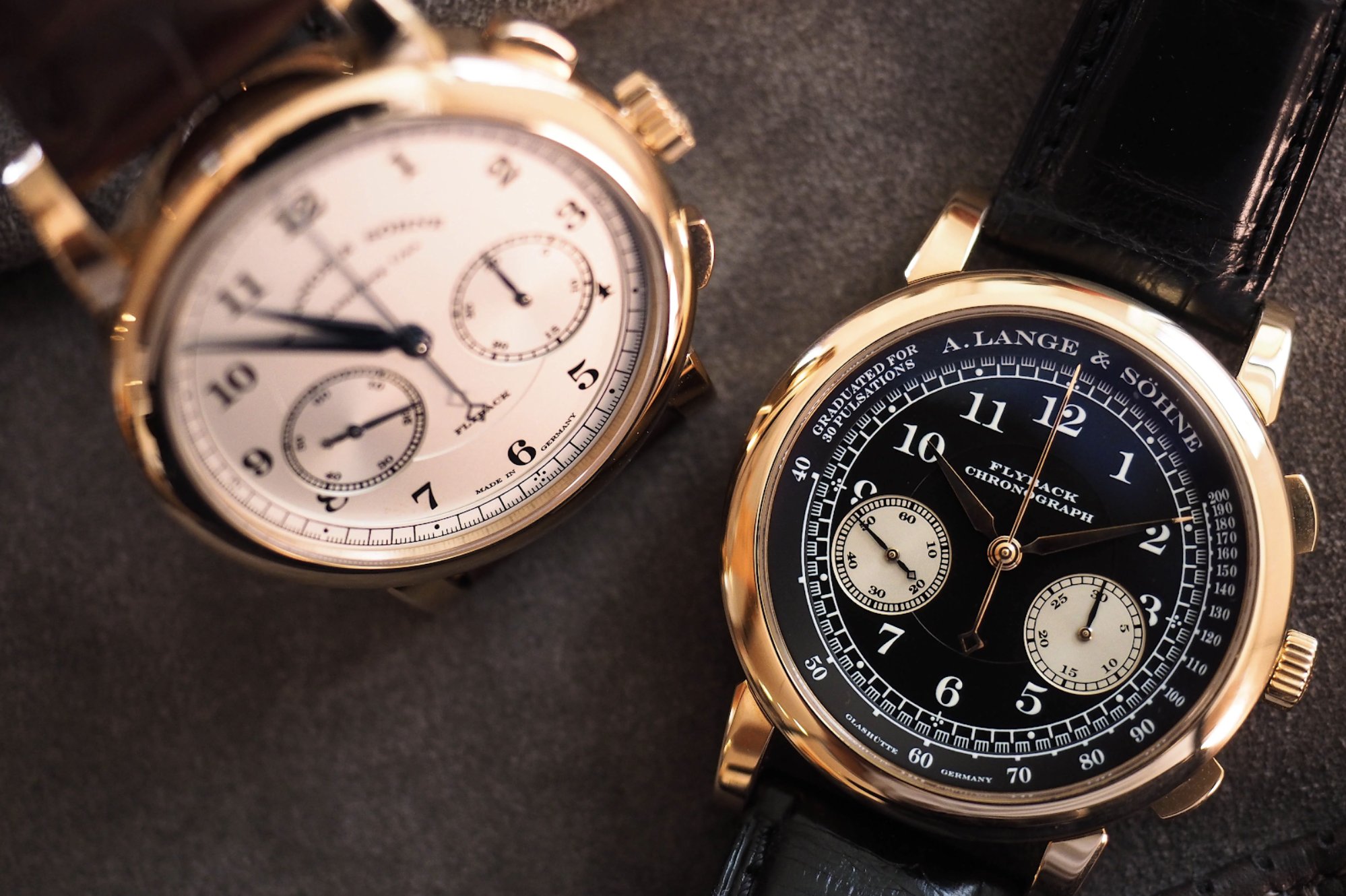A Watch For Every Occasion: Which Piece is Right for Me?
What is up, watchfam?! Oh yay! It makes sense this time. Sort of.
Today, we’re gonna talk about the concept of an everyday watch, and how to decide which style of watch is the right one for your everyday piece. Sound good? Good, then let’s do this!
So, I fully own this shameless plug, but over at T&H we’ve covered what we believe to be the best everyday watch in a bunch of different price ranges which, since it isn’t all in one playlist, I can only link in the form of this cute list of search results. We started at the under $500 USD price range and worked our way up all the way to $20k. That being said, what we aren’t going to do here is discuss individual pieces, but rather what kinds of pieces are right for you depending on your lifestyle. We’re gonna look at the different “categories” of watches, and discuss who they’re best suited for, but understand that ultimately, you can wear whatever the hell you want with whatever the hell you want if that’s what makes you comfortable. Just look at Jon wearing his Luminox with a dress shirt. See? Totally doable. Now let’s get into it!
Dress Watches
For the average guy, this is one of the two major categories of timepiece that springs to mind when they think of a watch. Whether it’s a Daniel Wellington or a Patek Calatrava (pictured below), the basic tenets of a dress watch remain pretty consistent: minimalism is the key to a solid dress watch in the classical sense. Sure, you have pieces like the Lange 1 that, while technically minimalist dress watches, have a certain funk about them, but on the whole, this genre is meant to be the most basic of time telling devices, with no extra complications on top of it. You’ll also notice that a lot higher-end dress watches will possess some type of automatic movement.
So who is the dress watch for? Well, typically, the guy who wears a suit the majority of the time is probably the target audience for this kind of watch. It’s meant to be worn classically, on a leather strap more often than not, and with little extra in the way of frills or flair. Whether you go for a $150 Orient Bambino or a $150,000 Breguet Tradition, ultimately, the dress watch is built for the Wall Street banker in all of us, or James Bond in a tux (I know, he wore a Sub in the films and an Explorer in the books, but to my mind, the man would have worn something much more reserved while tuxed up).
Photo: Monochrome
Dive Watch
This is the other major category of watch that people think of, and for obvious reasons. Watches like the Rolex Sub and Omega Seamaster have totally dominated this category for absolute decades, and they deserve it, to be fair. Dive watches are characterized by their rotating bezels, used to time dives in a professional sense, or time the pizza you just stuck in the oven in the more everyday sense. Most dive watches are, at a minimum, 200 meters water resistant, have a screw-down crown and caseback, and usually are ultra legible (which is one of the reasons diver chronographs make no sense to me).
Photo: Blancpain
Because of the popularity of this model, the perfect dive watch for you depends drastically on what you do for a living. Something like the Rolex Submariner has become almost acceptable in most suit situations, while something like the Blancpain Fifty Fathoms Bathyscaphe (pictured below) almost seems designed for a suit. Something like the Omega Seamaster Planet Ocean, on the other hand, is more designed for actual, rugged, active activities (which sounds like an oxymoron when you type it). With this category, you’ve almost got carte blanche in terms of applicability, which is why it’s so freaking popular amongst watch collectors.
Chronographs
Okay, so technically you can have a dress chronograph, a dive chronograph, a racing chronograph...the list goes on. But no matter what you do with this particular complication, it enhances or highlights the sportiness of a watch. As such, it’s a very specific complication. First off, the chronograph is probably the easiest of the different categories to explain. In short, a chronograph is just a stopwatch, a device that allows you to track elapsed time. It doesn’t get much more straightforward than that, so we won’t stress too much about the details.
As for who it’s designed for? Well, again, it really depends on the execution. The Omega Speedmaster, for example, is one of the sportier options out there, alongside the Rolex Daytona, while something like the A. Lange & Sohne 1815 Chronograph (pictured below) is designed primarily as a dress watch. There’s a ton of middle ground, too, with pieces like the Tag Carrera or Omega Aqua Terra Chronograph, which fall into the sort of “casual” category. However, they’re really ideal for someone who does actually need to time things as part of their regular lifestyle or occupation. Or, at the very least, someone who wants to look like they have to time things.
Photo: Hodinkee
Conclusion
Well, that about does it for us on this one. Like I said at the beginning, it’s ultimately up to you what kind of watch you want to wear, but hopefully this gives you an idea as to the function of some of the most basic categories of timepiece available for the discerning consumer or borderline watch geek. Let us know what your everyday watch is, gents, and as always, keep it classy.
Written by Logan Hannen


